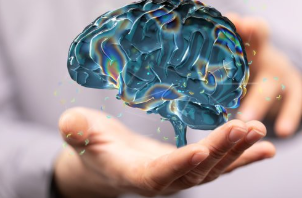For years, it was widely believed that the brain’s structure and function were largely fixed after early adulthood. However, neuroscience has since revealed that our brains remain adaptable throughout life, capable of change and growth — also known as neuroplasticity. This discovery has profound implications for addiction recovery, offering hope to individuals striving to break free from substance misuse and establish new, healthier ways of thinking.
Substance misuse alters the brain’s reward system, reinforcing habitual patterns of behavior that lead to compulsive drug or alcohol use. However, just as addiction changes the brain in harmful ways, recovery can initiate positive neurological rewiring, leading to improved decision-making, emotional regulation, and overall wellbeing.
How Thought Patterns and Behaviors Are Rewired
During active addiction, the brain develops deeply ingrained associations between substance misuse and environmental triggers — certain places, smells, or even specific emotions can prompt cravings. This is because repeated substance misuse floods the brain with dopamine, reinforcing habitual behaviors.
When someone enters addiction recovery, the sudden absence of these substances can result in a flood of emotions that were previously suppressed. This period, often marked by post-acute withdrawal symptoms such as anxiety, sleep disturbances, and mood swings, is the brain’s way of adjusting to its new reality.
The good news is that the brain has an extraordinary ability to heal. By introducing new coping mechanisms and healthier thought patterns, individuals can rewire their reward system, making positive habits more instinctual over time.
Strengthening Positive Neuroplasticity: Tools for Addiction Recovery
Addiction recovery programs leverage neuroplasticity by encouraging activities and therapies that promote brain change. Some of the most effective tools include:
- Mindfulness and Meditation: These practices train individuals to be present in the moment, acknowledge their thoughts without judgment, and develop greater emotional resilience. Mindfulness helps individuals manage cravings and recognize triggers without automatically acting on them.
- Cognitive Behavioral Therapy (CBT): CBT helps individuals identify negative thought patterns and replace them with more constructive ways of thinking. A key technique within CBT is thought-stopping, which allows individuals to recognize a harmful thought and consciously shift their focus to something more productive.
- Physical Movement: Exercise is a powerful neuroplasticity builder. Activities like yoga, walking, or strength training release endorphins, improve mood, and help regulate stress — critical components in long-term recovery.
- Mental Stimulation: Engaging in new experiences, solving puzzles, or learning a new skill enhances cognitive function and decision-making, reinforcing new neural pathways that support recovery.
- Social Connections: Isolation often fuels addiction, while social engagement supports recovery. Support groups, therapy sessions, and healthy relationships encourage accountability and a sense of belonging.
- Self-Care and Positivity: Establishing good sleep patterns, proper nutrition, and affirmations can reinforce a healthier mindset. Positive self-talk and small, intentional acts of self-care help shift the brain’s habitual response to stress and anxiety.
How Long Does It Take for Brain Changes to Stick?
The timeline for cognitive and behavioral changes in recovery varies based on the individual. Factors such as the length of substance misuse and personal resistance to change can affect how quickly the brain adapts. However, consistency is key. Regularly practicing recovery-focused activities helps strengthen and solidify new neural pathways.
One inspiring example from an addiction recovery program involved a group of young adults who initially resisted mindful meditation exercises. With encouragement, they began practicing for just five minutes a day. Within a month, they voluntarily extended their sessions, recognizing how much calmer and more focused they felt. This demonstrates the power of neuroplasticity: by continuously reinforcing positive behaviors, the brain learns to favor them over old, destructive habits.
The Healing Brain
Perhaps the most crucial takeaway from neuroplasticity is that change is possible. No matter how long someone has struggled with addiction, the brain can form new connections, develop healthier responses to stress, and ultimately support a life of recovery.
By engaging in mindful practices, therapy, physical activity, and social support, individuals in addiction recovery can harness the power of neuroplasticity to rebuild their lives one thought, habit, and neural pathway at a time.
If you or a loved one are struggling with addiction or co-occurring disorders, call the New England Recovery Center today at 1-877-MyRehab.










